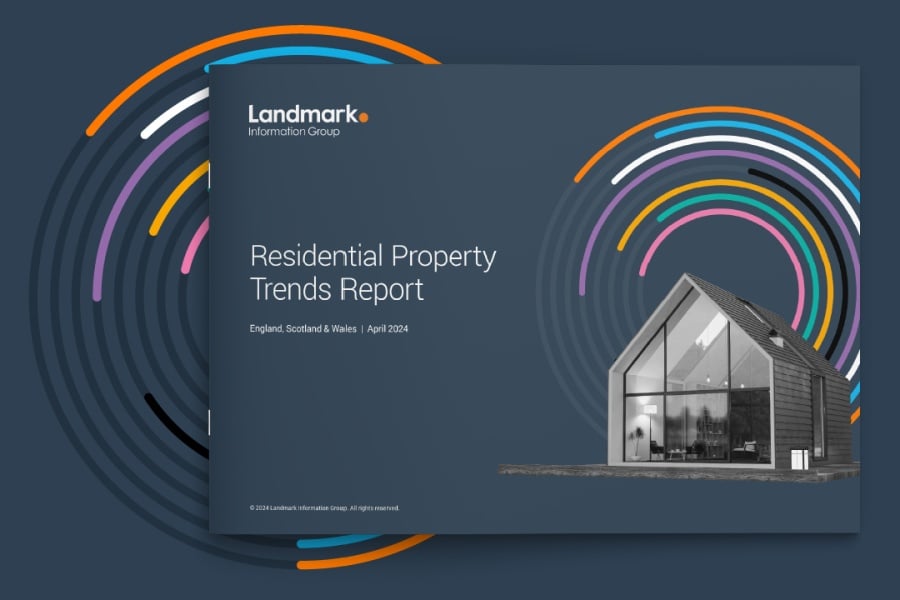The Q1 2024 edition of Landmark’s Property Trends Report is now live. This report takes a thorough look at the latest cross-market activities within the residential sector.
Q1 2024: a market showing cautious optimism
After a challenging 2023, did Q1 2024 offer us more reasons to feel positive?
Our data reveals a cautiously optimistic home-moving market. Supply is particularly encouraging, with listing levels 5% higher than the 2019 benchmark volumes throughout Q1 in England and Wales – an improvement on previous quarters where supply tracked the 2019 benchmark.
In Scotland, where the market has proved to be more resilient over previous quarters, levels of supply are running consistently close to 2019 levels – down just 2% in Q1 2024.
Strong and sustained supply can be first indicator that demand might pick up as more sellers become buyers. Additionally, March had fewer working days than usual, which will have muted figures that month. Consequently, we may have observed more of a positive trend in pipeline metrics sustain towards the end of the quarter.
However, while the data shows that there was an uptick in listings likely caused by the increase in affordable products, constrained affordability continues to prevent demand from progressing through the pipeline.
The market is still highly sensitive to external influences. If interest rates fall and then reach a point of stability, then we might start to see steady but fragile growth in Q2.
With some early reasons to be hopeful, we watch with anticipation to see if this sustained supply can transition into sales as we move through 2024.
Click here to view the full Cross-Market Activity edition of Landmark’s Q1 2024 Residential Property Trends report.
NB: Our Property Trends Report uses the benchmark year of 2019 as a comparison due to its relative stability.
To access the full Cross-Market Activity edition of Landmark’s Q3 2023 Residential Property Trends report, download now.



















